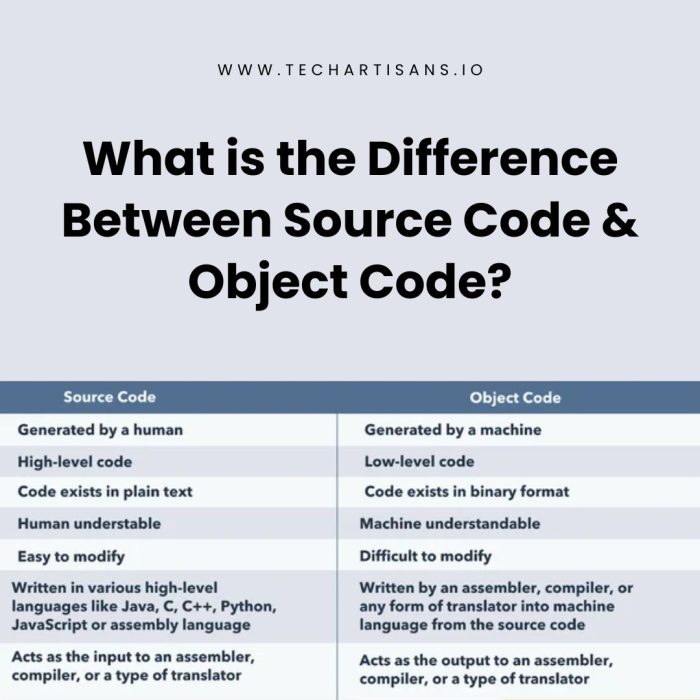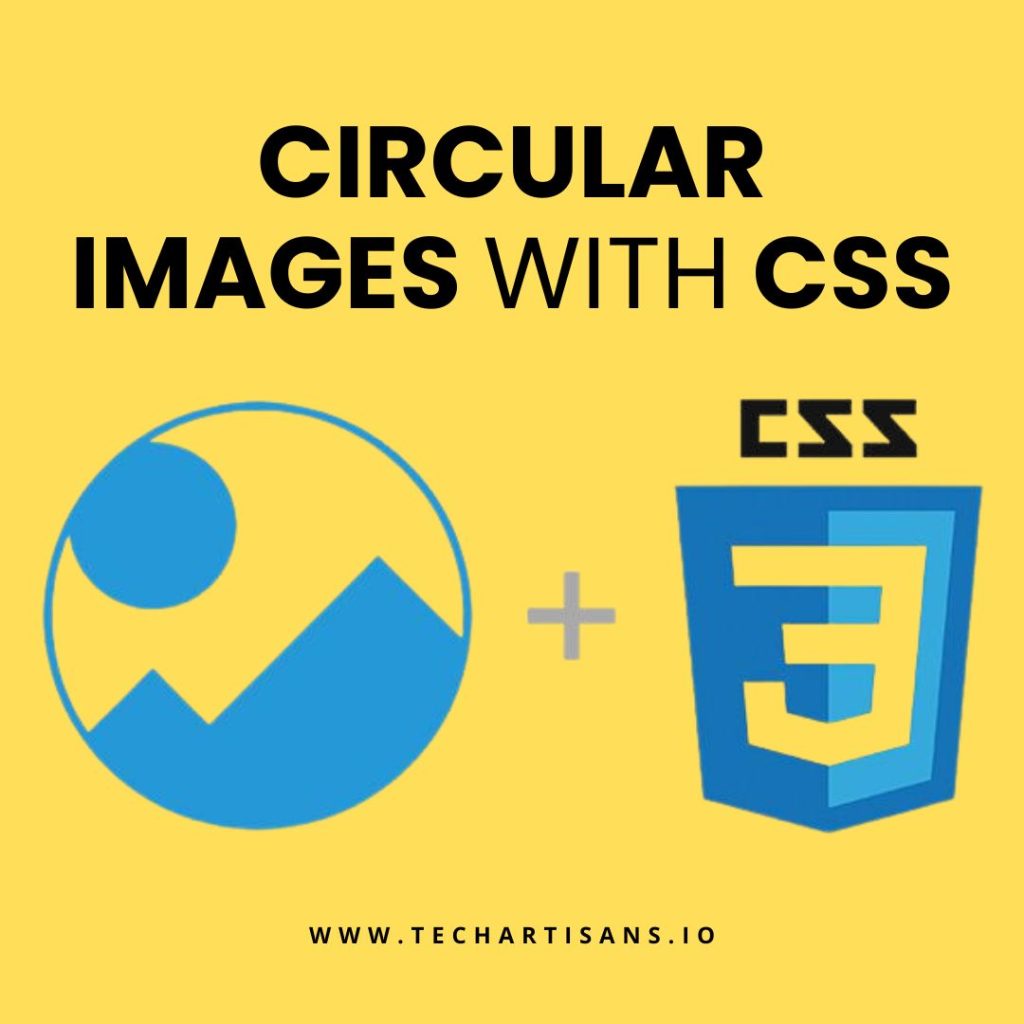In the dynamic landscape of business, understanding the difference between object code and source code is more than a technicality; it’s an advantage. Small and medium-sized business owners need to understand the fundamentals of software and application development, as they are the foundation of your business’s tech operations. In this beginner’s guide, I will clarify the essential differences between object and source codes, boosting your technical knowledge and enabling you to make informed tech decisions for your business.
What is a Source Code?
Source code is a collection of human-readable instructions that programmers write in a specific programming language. It’s characterized by its transparency and modifiability, allowing developers to build, improve, and debug software applications. Understanding source code is essential as it forms the blueprint of your business’s digital tools.
1. Importance
The importance of source code in software development cannot be ignored. It forms the heart of any software, enabling developers to create, modify, and enhance applications. By understanding and controlling source code, businesses can tailor the software to meet their specific needs and resolve issues promptly, ensuring smoother operations.
2. Examples of High-level Languages
High-level languages like Java, Python, and C++ are commonly used to write source code. Java is versatile and widely used for building enterprise-scale applications. Python, praised for its simplicity and readability, is often chosen for data analysis and machine learning tasks. C++, known for its efficiency, is typically utilized in game development and real-time computation.
3. Creation and Human-Readable Format
Source code is created by developers using a high-level language, such as Python or Java. The code is written in a syntax that closely resembles human language, which makes it easily readable and understandable by programmers, facilitating efficient coding, debugging, and modification processes.
What is an Object Code?
Object code results from source code being translated by a compiler into machine-readable instructions. These instructions, which consist of binary sequences, allow the computer to execute the application. Unlike source code, object code is not human-readable, making it highly efficient and secure for operational use.
1. How it is Derived From Source Code
Object code is derived from source code through a process known as compilation. In this process, a compiler takes the human-readable source code and translates it into machine-readable instructions. This transformation process is fundamental to turning the source code into a functioning software application.
2. Importance
The machine-readable character of object code is pivotal for software execution, as it’s composed of binary instructions that a computer can directly interpret and execute. This process is critical for operational efficiency, turning the written source code into a functioning application that drives your business’s digital operations.
3. Examples of Object Files
Common Object File Format (COFF) is used in UNIX operating systems, serving as an intermediate code file while creating software. COM files, a simple executable file, were commonly used in DOS. Exe files are executable in Microsoft operating systems, launching applications when double-clicked.
Differences Between Source Code and Object Code
As we delve deeper into the domain of software development, let’s shed light on the core differences between source code and object code that distinguish these two crucial components of the software lifecycle and influence the functionality of your business’s digital infrastructure.
1. Tabulated Comparison
| Features | Source Code | Object Code |
| Readability | Human-readable | Machine-readable |
| Creation | Written by developers in a high-level language | Translated from source code via a compiler |
| Modifiability | Can be easily modified and debugged | Not directly modifiable |
| Use | Blueprint for building software | Executable file running the software application |
| Examples | Java, Python, C++ code | COFF, COM files, .exe files |
The key difference between object code and source code lies mainly in readability, creation, modifiability, use, and examples. The source code is human-readable and written by developers in a high-level language, serving as the blueprint for the software.
2. Discussion on the Compilation Process
The compilation process is vital in transforming source code into object code. Essentially, a compiler reads the source code in a high-level language and translates it into machine-readable object code. This crucial step turns the developer’s written instructions into a software application that a computer can execute.
3. Significance of Compilers in Object Code Generation
Compilers play a fundamental role in software development as they convert source code written in a high-level language into object code that a machine can understand. The bridge between developers’ instructions and executable software would exist with compilers. They bring the developers’ vision to life by generating executable programs that drive our digital world.
Similarities Between Source Code and Object Code
Despite their distinct characteristics, source and object codes play integral roles within the software development lifecycle and share some important similarities. Let’s look at these common factors that link these two vital components in the software creation process.
1. Roles in The Software Development Process
Both source code and object code are essential in the software development process. Source code, written by developers, lays out the blueprint of the software. The object code, converted from source code through a compiler, becomes the executable instructions that bring the software to life. They work in collaboration to create functional software applications.
2. Protection via Copyright Law
Both source code and object code are protected under copyright law. This legal protection prevents unauthorized use or modification of the code, safeguarding the intellectual property of developers and businesses. Business owners must understand this protection to ensure their software assets are legally secure.
3. Importance
Both source code and object code are significant in software maintenance and debugging. Source code is often scrutinized during debugging because it is human-readable, allowing developers to identify and resolve issues. Object code, meanwhile, is essential to testing the software’s actual performance and functionality, ensuring it operates efficiently and reliably after debugging.
Practical Applications and Implications
Understanding the difference between source code and object code is critical for software development and holds practical applications and implications for business owners. Let’s explore how this knowledge can be translated into practical business decisions and strategies.
1. Benefits for Business Owners
Grasping the difference between object code and source code can immensely benefit business owners in multiple ways. It enables them to better communicate with their software development teams, efficiently conveying their business requirements and understanding the limitations or possibilities of their digital solutions. Moreover, recognizing the importance of source and object code can guide business owners in safeguarding their software assets.
2. Source and Object Code in Software Products
In software products and services, source code acts as the foundation, allowing developers to build, modify, and improve the software. The object code, derived from the source code, is the executable program that runs on machines. It’s the final product that clients use, illustrating the practical application of the source code. Together, they underpin the entire software production and operation process.
Conclusion
Understanding the difference between object code and source code is integral to small to medium-sized business operations. Source code, with its human-readable format and role as the software blueprint, and object code, known for machine readability and executing software, collaborate to create functional software applications. The compilation process, led by compilers, connects these two code types. Source and object code play vital roles in software development, copyright protection, debugging, and maintenance. Understanding these aspects helps business owners communicate with their development teams and make strategic decisions about software purchases and copyright protection.
FAQs
Source code is a set of instructions written in a human-readable programming language. It serves as the blueprint for software applications, instructing them on how to operate.
Object code is a compiler’s output after processing source code. It is machine-readable and consists of binary instructions that a computer can execute directly.
The primary difference lies in their readability and function. Developers write and understand source code, while machines execute object code.
Yes, both are protected under copyright law, safeguarding the intellectual property of developers and businesses alike.
Understanding these differences helps business owners communicate effectively with their development teams, make informed decisions about software purchases, and ensure their software assets are protected by copyright law.







